Do you have a question about the PEUGEOT satelis 125 and is the answer not in the manual?
Key safety instructions to protect the user and third parties against accidents.
Specifications for tyre sizes and speed ratings for 125cc models.
Recommended tyre pressure values in bars for front and rear.
Details on headlight, indicator, and other bulb specifications for 125cc models.
Engine type, cooling system, and injection type for 125cc models.
Battery specifications for 125cc models.
Recommended engine oil type and viscosity for 125cc models.
Recommended oil for the relay box for 125cc models.
Recommended brake fluid type for 125cc models.
Recommended coolant type for 125cc models.
Recommended fork oil type for 125cc models.
Recommended battery type for 125cc models.
Physical dimensions (length, width, height, wheelbase) for various models.
In working order and maximum authorised total weight for different models.
Fluid capacities (engine oil, fuel, coolant, etc.) for various engine sizes.
Recommended engine oil for 250cc to 500cc models.
Recommended relay box oil for 250cc to 500cc models.
Recommended brake fluid for 250cc to 500cc models.
Recommended coolant for 250cc to 500cc models.
Recommended fork oil for 250cc to 500cc models.
Recommended battery for 250cc to 500cc models.
Explanation of symbols like Recyclable, Irritant, Flammable, Toxic, and Safety warnings.
Identification and numbering of key parts of the vehicle.
Details on the speedometer, tachometer, and various warning indicator lights.
Explanation of the odometer, tripmeter, and clock setting functions.
Operation of horn, starter, lighting, and indicator switches.
Explanation of the functions of the ignition switch positions (OFF, ON, ACC).
Information on the transponder immobiliser, master key, and vehicle operation keys.
Details on the 12V accessory socket and the saddle remote control.
How to operate the handlebar glove box.
Essential checks for fuel, oil, brakes, lights, tyres, and dashboard before riding.
Step-by-step instructions for safely starting the engine and initial warnings.
Guidance on starting off, accelerating, decelerating, and braking.
Recommendations for reducing fuel consumption and engine wear.
Advice on speed limits and load during the initial 500 km for engine longevity.
Instructions for safely switching off the engine and parking.
Procedures for checking engine oil and relay box oil levels.
Instructions on how to use and store the anti-theft chain securely.
Guidance on checking tyre pressure, wear, and replacement procedures.
Safety precautions for battery handling and instructions for charging.
Procedure for checking and topping up the coolant level.
Procedure for checking brake fluid levels via the inspection window.
Information on fuse protection, location, and replacement warnings.
Instructions for accessing and replacing various vehicle bulbs.
Guidance on using adjustment screws to set the headlight beam.
Detailed fuse allocation for 125cc M2 models.
Detailed fuse allocation for 125cc M2 ABS/PBS-1 models.
Detailed fuse allocation for 125cc M3 models.
Detailed fuse allocation for 125cc M3 ABS/PBS-2 models.
Detailed fuse allocation for 125cc compressor models.
Detailed fuse allocation for 125cc compressor ABS/PBS-1 models.
Detailed fuse allocation for 125cc compressor ABS/PBS-2 models.
Detailed fuse allocation for 250cc and 300cc models.
Detailed fuse allocation for 250cc ABS/PBS-1 models.
Detailed fuse allocation for 400cc and 500cc models.
Detailed fuse allocation for 400cc and 500cc ABS/PBS-2 models.
| Transmission | Automatic CVT |
|---|---|
| Front Suspension | Telescopic fork |
| Front Tire | 120/70-14 |
| Rear Tire | 140/60-13 |
| Engine Type | 4-stroke single cylinder |
| Fuel System | Electronic injection |
| Cooling System | Liquid |
| Front Brake | Disc brake |
| Rear Brake | Disc brake |

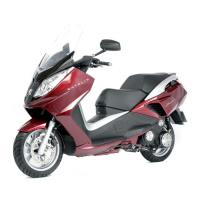
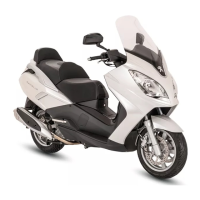




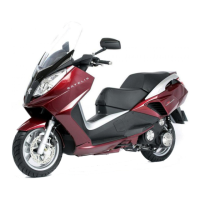

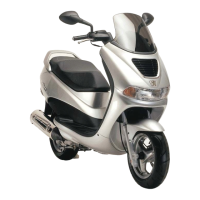
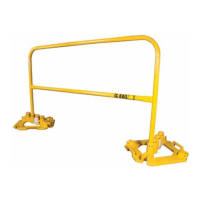
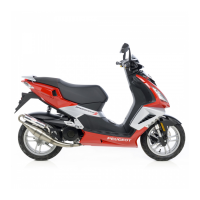
